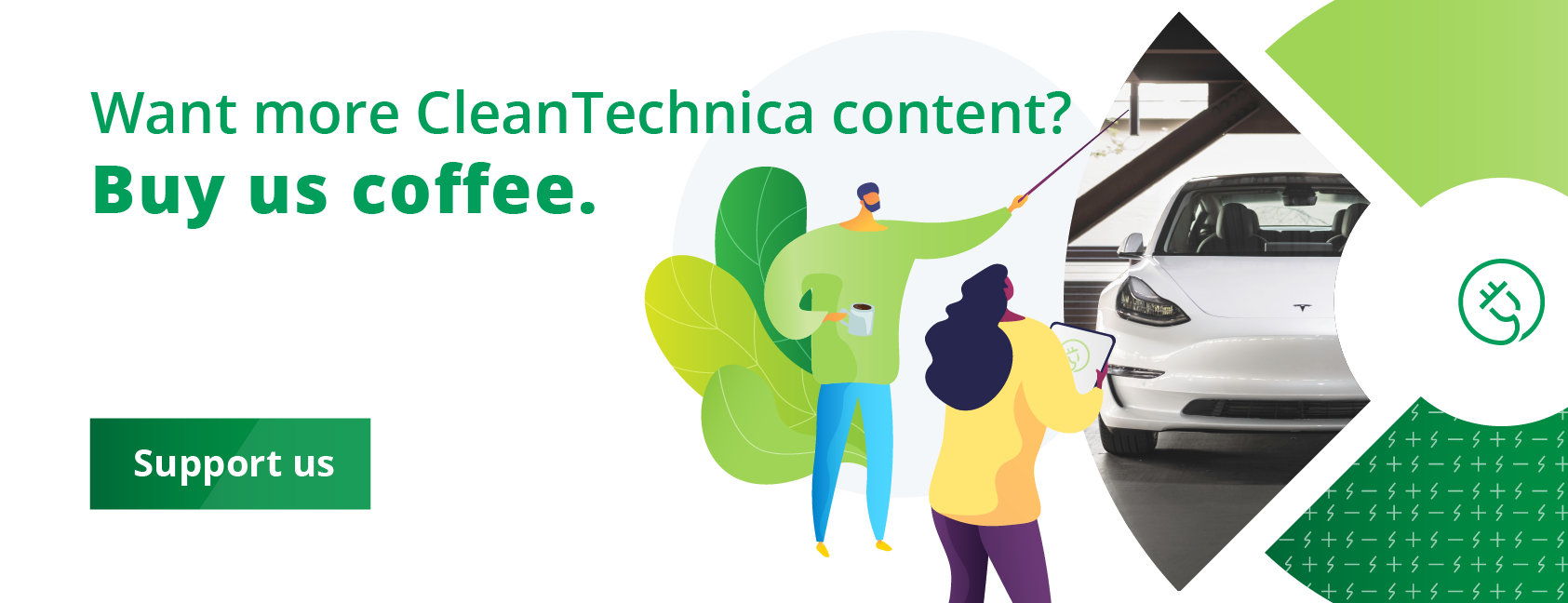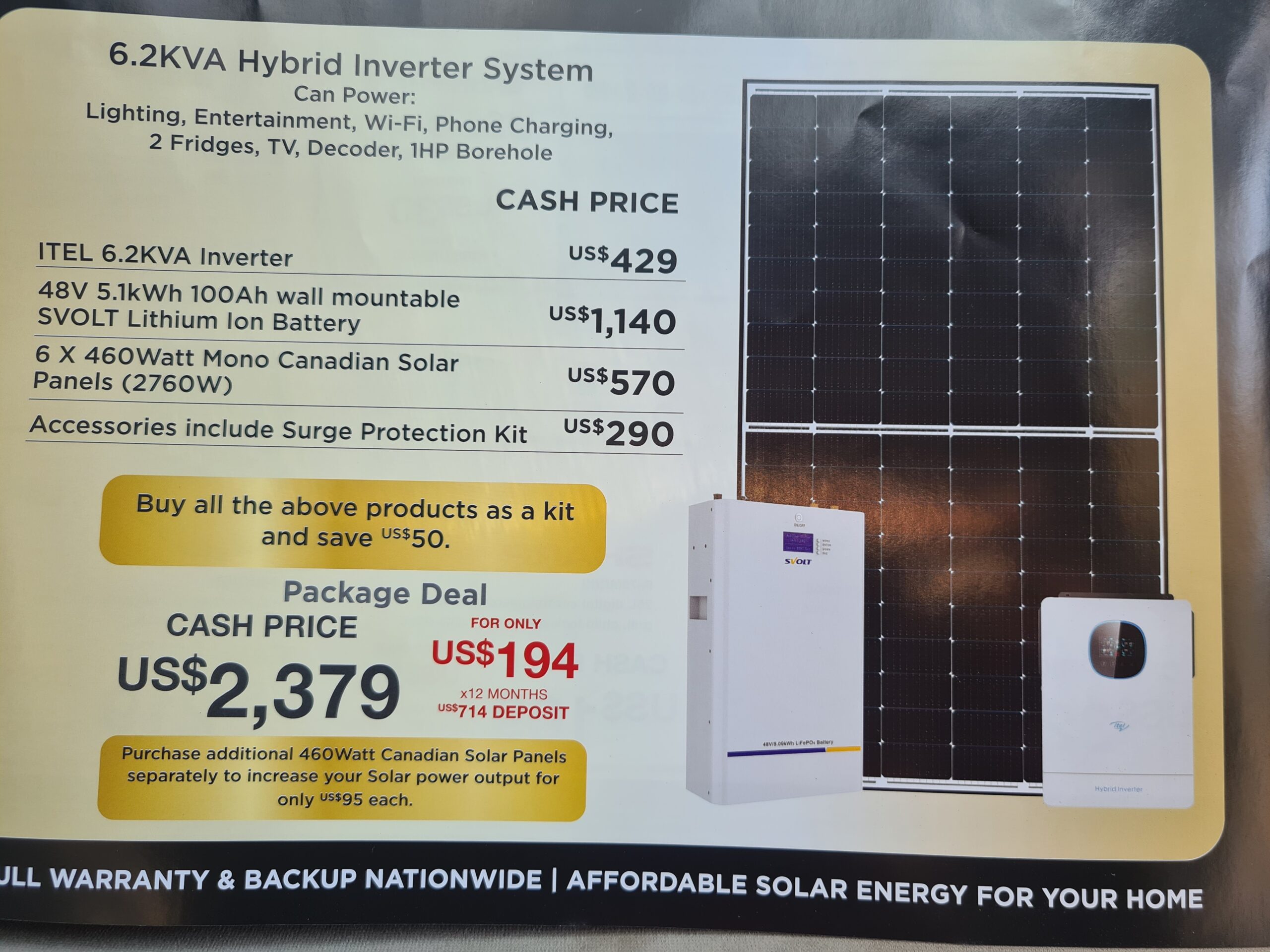
Earlier this year, I wrote about several cars that took damage at Electrify America stations. The common story seems to be that a popping sound was heard in the equipment cabinets near the charging stations, and sometimes a pop happened in the car itself (likely pyrotechnic fuse). Sometimes, the car’s fuse popped before any real damage could take place. In other cases, part of the battery pack or the whole thing required replacement after the incident. Rumors of other vehicles have floated around since, but now there’s a video on Twitter where two cars suffer the same fate:
I’ve posted these videos related to my ID.4 damaged battery issue, which was caused by Electrify America station (3400 w Magnolia, Burbank) at which I tried to charge. https://t.co/61Y6SNZLx1https://t.co/AMgihnRl67@ElectrifyAm won’t take responsibility @VW please assist
— truthVtold (@tVt210) August 21, 2023
I’m still digging into this deeper, and will write another article when I find out more about how it gets resolved, but in the meantime, I wanted to write about another disturbing aspect of this and other incidents I’ve talked to people about: a serious lack of customer service.
The Worst Thing At The Worst Time
Here’s the thing: for most normal daily drives, EV charging happens at home, at work, or somewhere else not terribly far from home. Car problems happen, and people should be prepared for car trouble in some way. Spare tires (something manufacturers quit providing, but people should still buy), roadside assistance coverage, and Uber are all there to help you out during normal commutes.
DC fast charging exists to support a driver’s unusual needs. Unless you’re an Uber driver or have no access to home charging, you’ll only need DC fast charging on days where you’re doing a lot more driving than normal or on road trips. This usually means you went a lot further from home than usual. So, when you’re far from home and the charger goes “POP!” your roadside assistance coverage probably only includes a tow to the nearest EV-certified dealer. Getting home, finishing your road trip, and getting around until the car gets repaired are all on whoever is responsible for the broken car.
But, now we’re into the question of whose fault it was. If it was clearly a warranty repair, the vehicle manufacturer is on the hook for helping you out while the car gets repaired. If you got in a moving vehicle accident, either your insurance (if you pay for good insurance) or theirs (as part of liability) covers the cost of repairs, a rental car, etc. But, when your car gets fried at a charging station, neither the manufacturer nor the charging provider seem to want to rush in to help, because they aren’t sure whether it’s their fault.
This leaves a motorist, who’s probably far from home, in the unfortunate position of needing to cover everything out of pocket and get reimbursed by the manufacturer or the charging provider later. Given that these investigations into causes can take months, you’re out of the money and out of a car for a considerable amount of time.
Continuing The Journey
Now, I know all of the Dave Ramsey fans out there will tell me that this is what savings are for. Bad stuff happens in life, and you need to be prepared, right? But, that’s not the reality many people live with. Around 40% of the U.S. population doesn’t have an extra $400 on hand, and the reality is that we need 90%+ of the population to drive an EV. We live in a time where rampant inflation, economic problems, and nasty things like long COVID are conspiring to keep even the most responsible and careful people from getting an emergency fund together.
One thing is for sure, though: it wasn’t the driver’s fault that the charging station and the car couldn’t agree on how much current the battery pack was supposed to receive, and then sent way too much current. So, given that blame for the accident must fall on either the vehicle manufacturer or the charging provider, there’s no reason to make the party with no fault bear all of the expenses as if there were some chance they could be the problem.
What does make sense is for the charging provider (or their insurer) to just take care of the customer, and then recover the money from the manufacturer later if it wasn’t the provider’s fault.
This does still leave open the question of what to do with older and/or high mileage, out of warranty EVs. In that case, there’s a chance that the vehicle’s damage wouldn’t be covered if it turned out to be the fault of something that went wrong with the car. In this case, I think charging providers and manufacturers had better come to some sort of arrangement to still cover the costs of these accidents.

Reputation Is Everything, & The Future Of EVs Is At Stake
I know that some of what I’m saying is pretty unfair to the charging providers. After all, why should they pick up the tab and take care of the customer first, and worry about any possible recovery later if it proves to not be their fault? And for out of warranty EVs, why should manufacturers and charging providers pick up the repair bill if the car malfunctioned?
The common cliché answer to these questions is that life isn’t fair. Whether it was your fault or not, nobody’s reputation is going to be improved when a 2013 Model S, 2017 Bolt, or 2011 LEAF gets roasted at a charging station. Sure, you can figure out later that the car malfunctioned and caused the problem, and then put out an “It wasn’t our fault, we swear!” press release months after the car goes POP, but the damage to the manufacturer and charging provider’s reputation is already done.
But, if you take care of the vehicle’s owner, no questions asked, and fast, there’s going to be very little for anybody to complain about. People who know they’ve been taken care of don’t go running to the media and social media for help, because they already got the help they needed.
More importantly, a properly-running charging network should only produce these kinds of accidents very rarely. The cost of doing right by the customer no matter what here is small compared to the company-ending reputational damage that can come from these few situations.
Perhaps most importantly, the future of EVs is at stake. If people considering an EV get the idea that they’re on their own should a station malfunction and damage the vehicle, the chances of getting them to jump into the deep end and buy one is seriously diminished. It would be a real shame if the EV transition were delayed or blocked by the fears of a few company executives worried about relative pocket change.
Featured image by Jennifer Sensiba.
I don’t like paywalls. You don’t like paywalls. Who likes paywalls? Here at CleanTechnica, we implemented a limited paywall for a while, but it always felt wrong — and it was always tough to decide what we should put behind there. In theory, your most exclusive and best content goes behind a paywall. But then fewer people read it! We just don’t like paywalls, and so we’ve decided to ditch ours. Unfortunately, the media business is still a tough, cut-throat business with tiny margins. It’s a never-ending Olympic challenge to stay above water or even perhaps — gasp — grow. So …




